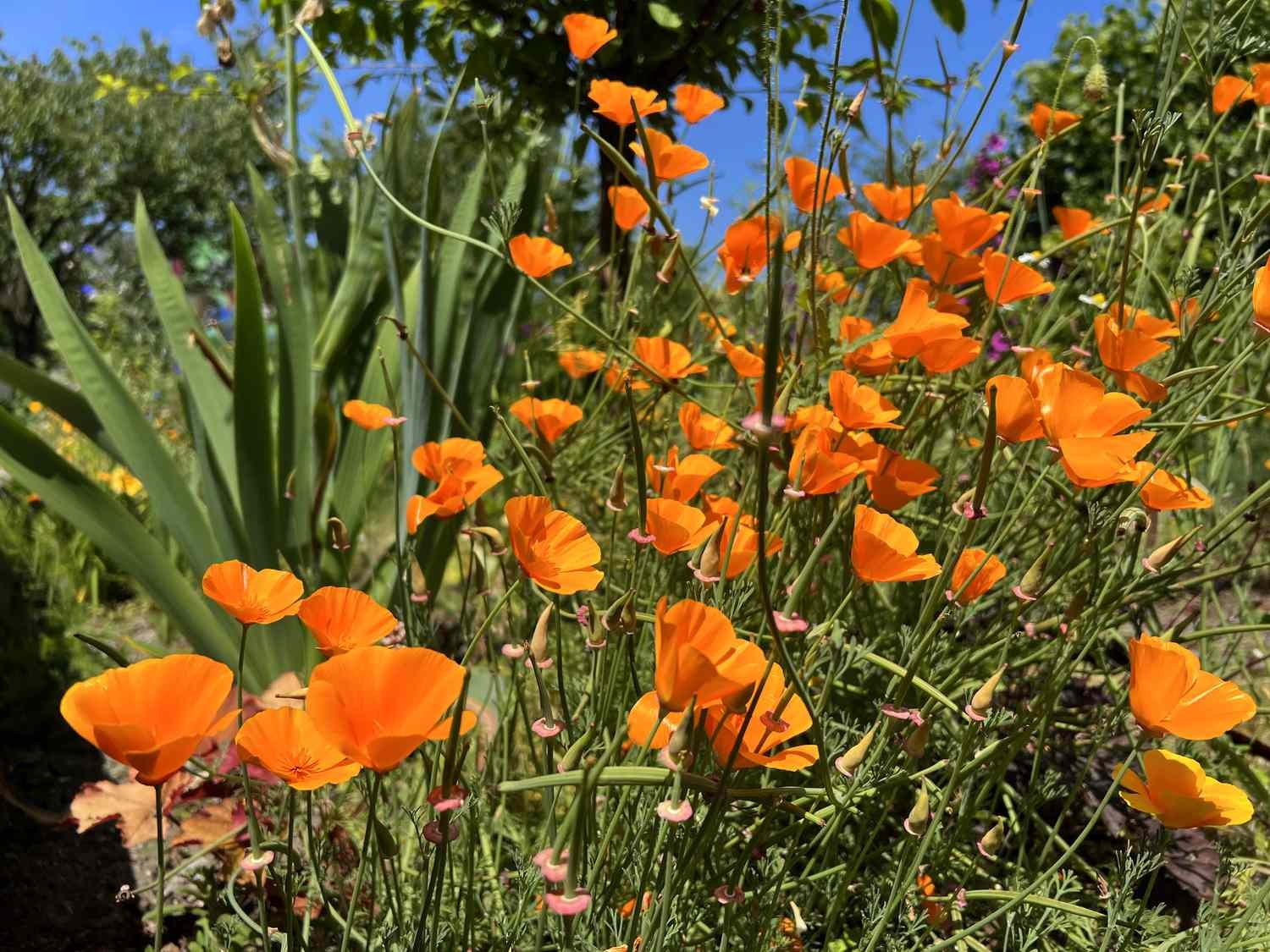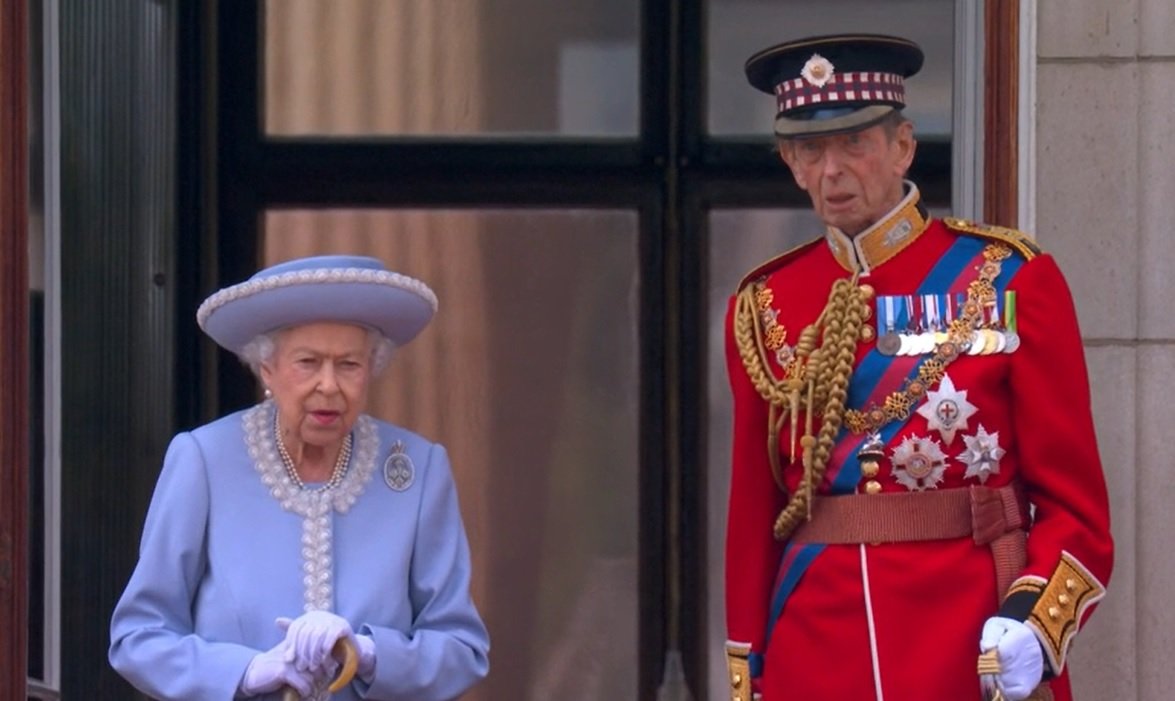When you think of native plants, you probably think of perennials—things like coneflowers, bee balm, and brown-eyed Susans. But there are plenty of native plants that are shorter-lived—like biennials or annuals—that can add beauty to your garden and help wildlife in your area thrive.
And there are benefits to adding annuals to your garden—they let you introduce something fresh and new to your landscape, and often have longer bloom times than perennials, so they can brighten your garden during in-between times when your perennial plants are dormant. And native annuals tend to thrive even with some neglect, so they’re great for lazy gardeners.
Pro tip: Some of these recommended plants will self-seed if the flowers are left on the plant after they fade—so they may come back year after year. And others will be perennial in some parts of the U.S. and work as annuals in others. “With annuals in particular, it is important to allow the seed to drop since that is the only way they will reappear next year,” says Amy Medley, lead horticulturist for the Lady Bird Johnson Wildflower Center. “In general, even with perennials, it’s a great practice to leave spent flowers on plants to allow the seed to mature and eventually drop. This ensures that all of the seed is dropped. In some cases, like sunflowers, the seed will feed birds, certain bees nest in the stems of plants, and many times, the spent flower heads have unique shapes that will add interest to the garden for a longer time.”
Check out what’s native to your area and will thrive in your particular light and soil conditions with the Lady Bird Johnson Wildflower Center’s plant finder tool. It can help you explore their database of more than 25,000 different native plants—and find recommendations curated for your particular state.
Horsemint
Getty IMages
Otherwise known as spotted beebalm, this intriguing, tufted annual bloom has a lovely, lemony scent. It comes in pink, purple, and white, and it’s a big bee magnet that can keep blooming right into October. Horsemint does well in the South into the Midwest, and it prefers drier conditions.
Partridge Pea
Judy Darby/Getty Images
This charming little plant is sometimes also known as the “sensitive plant,” as its leaves will fold when touched. It’s a pollinator favorite that can thrive through most of the U.S., and can handle a variety of soil, water, and light conditions. Its bright yellow flowers bloom all the way through until the first frost.
California Poppies
Lucy Lambriex/Getty Images
These wow-worthy flowers can be perennial in hot, dry areas—like their native California—but they will brighten up gardens throughout the U.S. if planted in full sun. (And they are known to self-seed as well!)
Blanket Flower
gubernat / Getty Images
These bold, bright blooms attract pollinators galore to your garden. Also known as gaillardia, the flowers can brighten your garden with blooms in fiery shades like bronze, orange, and gold from spring through fall. It needs full sun and well-drained soil to thrive.
Coreopsis
Getty Images / Sascha Thomas / EyeEm
Coreopsis (aka tickseed) provides bright yellow blooms from the summer straight into fall. While some varieties are perennials, there are annual varieties as well. They’re hardy, low-maintenance plants that can stand up to a variety of conditions—and are a favorite of pollinators. These plants are also prolific self-seeders, so you may end up getting them back year after year.
Indian Paintbrush
dszc / Getty Images
These brightly colored, spiky plants are native to the Southwestern states—and are actually short-lived perennials that can self-seed. They thrive in full sun, sandy soil, and can tolerate drought once they’re established.
Sunflowers
Getty Images
It should come as no surprise that one of the most dramatic flowers in our gardens—the gorgeous sunflower—is a North American native. They come in a slew of varieties, from tinier ones perfect for a petite garden to the larger, dramatic blooms that can grow up to 16 feet tall—and some varieties come in shades of burgundy, brown, and white, in addition to the traditional yellow.
Texas Bluebells
Getty Images
Bluebells, aka prairie gentian, may come in its signature blue hue, but also in shades of purple, pink, white, and yellow. While they appear outside Texas—even up into Nebraska and Wyoming—these pretty blooms will brighten up your garden from June until September throughout the U.S. In its native areas, it’s a perennial, but it makes a gorgeous annual in other regions. This flower loves sunny but moist conditions.
Verbena
Josie Elias / Getty Images
This pretty, pollinator-friendly flower comes in a variety of colors and types. It can thrive in poor soil and can handle the heat and drought—it just needs a sunny spot to thrive. It can be perennial in the warmer growing zones in the U.S., but is an annual in the cooler areas that can provide color in your garden until the first frost hits.
Phlox
Some phlox varieties are perennials, but phlox drummondii is best grown as an annual. It comes in a rainbow of colors, including blue, pink, purple, red, and white.






